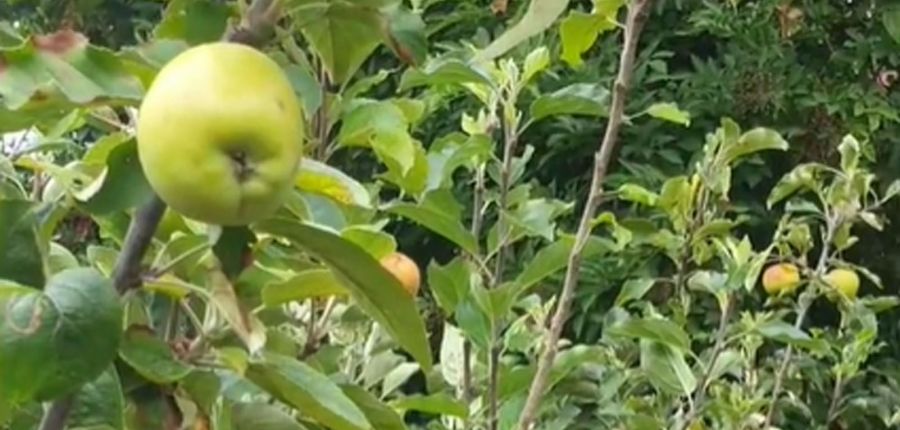Summer trimming and pruning
Posted By: rocket veg Category: Plant Care, Seasonal AdviceWith this summer’s drought looking set to continue (2019), a bit of prudent trimming and pruning will not only encourage some vegetable plants and fruit trees to produce more crops, but will also reduce their demand for water. With this in mind, I’ve snipped off a number of leaves from my vine, exposing the bunches of developing grapes so that they benefit from the wonderful sun. If you grow tomatoes, remove the lower leaves as the tomatoes develop to allow as much light as possible to ripening them. As for squash and pumpkin plants, pinch out the growing tip once four buds have developed so that the plant can put all its energy into producing impressive sized fruits.
Pruning fruit trees
July is a good time to prune established fruit trees, but why prune in summer, rather than in late autumn or over the winter months when the trees are dormant?
The main aims of summer pruning are to control the overall size of the tree, but also to encourage the development of fruit. By reducing the length of soft new shoots, as well as removing some of the current season’s growth completely, you are opening up the canopy of the tree so that more light reaches the fruit and helps it swell and ripen. In addition, better airflow through the branches and leaves will deter pests by removing their hiding places and reduce the chance of disease taking a hold.
How to summer prune
Pruning can be a confusing business so what follows are a few general pointers as to what to do at this time of year. Begin by reducing the length of the current season’s lead shoot at the end of each branch by half, cutting to just above a leaf. By doing this, you will encourage new side shoots to grow and hopefully to bear fruit the following year, as well as limiting the spread of the tree.
Next, cut the remaining side shoots along each branch back more severely, to two or three buds from their base of the current season’s leafy growth, cutting just above a bud. This encourages the formation of short fruiting spurs, ready for next season.
How to prune ‘stone fruits’
Trees which produce fruits with stones (apricot, cherry, peach and nectarine, plum and damson) are sometimes referred to as ‘stone fruits’ and must be pruned in midsummer, rather than during their dormant period, in order to avoid infection by silver leaf disease, a fungal infection transferred through wounds to the tree and which first appears as a silvery sheen on the leaves. Apple trees are also affected by silver leaf disease, as are a few flowering shrubs, so if need be, take a look on the internet for further information.
To avoid the spread of any disease, always disinfect your secateurs after pruning using Jeyes Fluid or diluted bleach.







